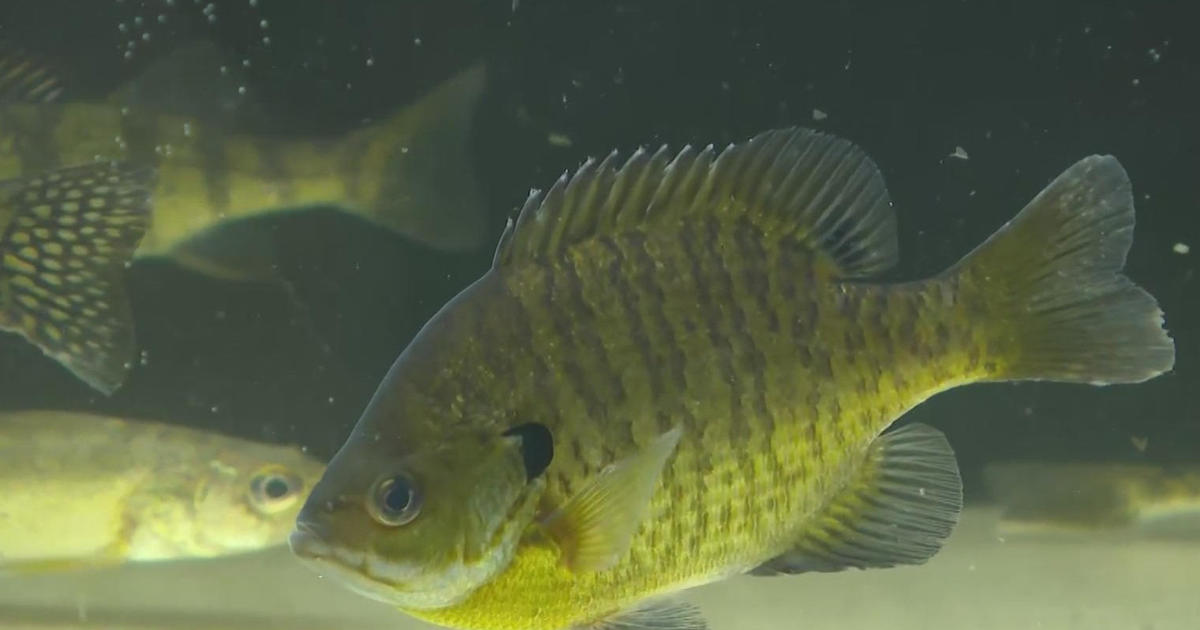What's the difference between winter and summer gas blends?
MINNEAPOLIS — If you're traveling for spring break, expect to pay more at the pump. The average gas price nationwide is up about 15 cents from a month ago.
This time of year, many gas stations switch from winter to summer blend gas. So what's the difference? Good Question.
It's not just demand influencing prices at the pump this time of year — it's the gas itself.
"I'm assuming it has something to do with the temperature, making sure the gas isn't freezing during the colder winter months," said Claire Moser, of Apple Valley.
So what exactly is the difference between the summer blend and the winter blend?
"Basically the process that it's refined," said Allen Sando, operations leader at Bobby and Steve's Auto World.
It has to do with the fuel's Reid vapor pressure, or RVP.
GOOD QUESTION: What's the healthiest way to consume sugar and does maple syrup fit into that equation?
"In the wintertime, you want that pressure to be higher because you want that fuel to be able to evaporate easily," Sando said. "Because in the colder temperatures, it will then be easier for the vehicle to start and ignore that fuel."
On the flip side, summer blend gas has a lower RVP to prevent evaporation in the heat, which contributes to ground-level ozone and smog.
But there's not just one summer blend. Refineries make more than 14 kinds due to different state regulations. This production takes longer and the overall yield per barrel is lower — that's why drivers end up paying about 15 cents more per gallon during the summer.
"Me and my family are going down to Florida and we're currently thinking about driving there, which is like a 24-hour drive, and we're thinking that'll be $700-800 worth of gas," said Willy Black, of Eden Prairie.
Even though the summer blend is more expensive, it actually contains about 2% more energy than the winter blend, meaning drivers will get better gas mileage in the summer months.
"The better blend is the summer blend because it will cause less evaporation, better fuel economy and less pollutions into the atmosphere," Sando said.
GOOD QUESTION: What makes up the price of a gallon of gas?
The switch to summer blend typically happens between April and June. The winter blend returns starting in September.
"I'm appreciative knowing the difference, why does it change and the benefits for us as consumers," Moser said.
The EPA requires refineries to have the summer blend in their system by May 1. All gas stations have to have it by June 1.




